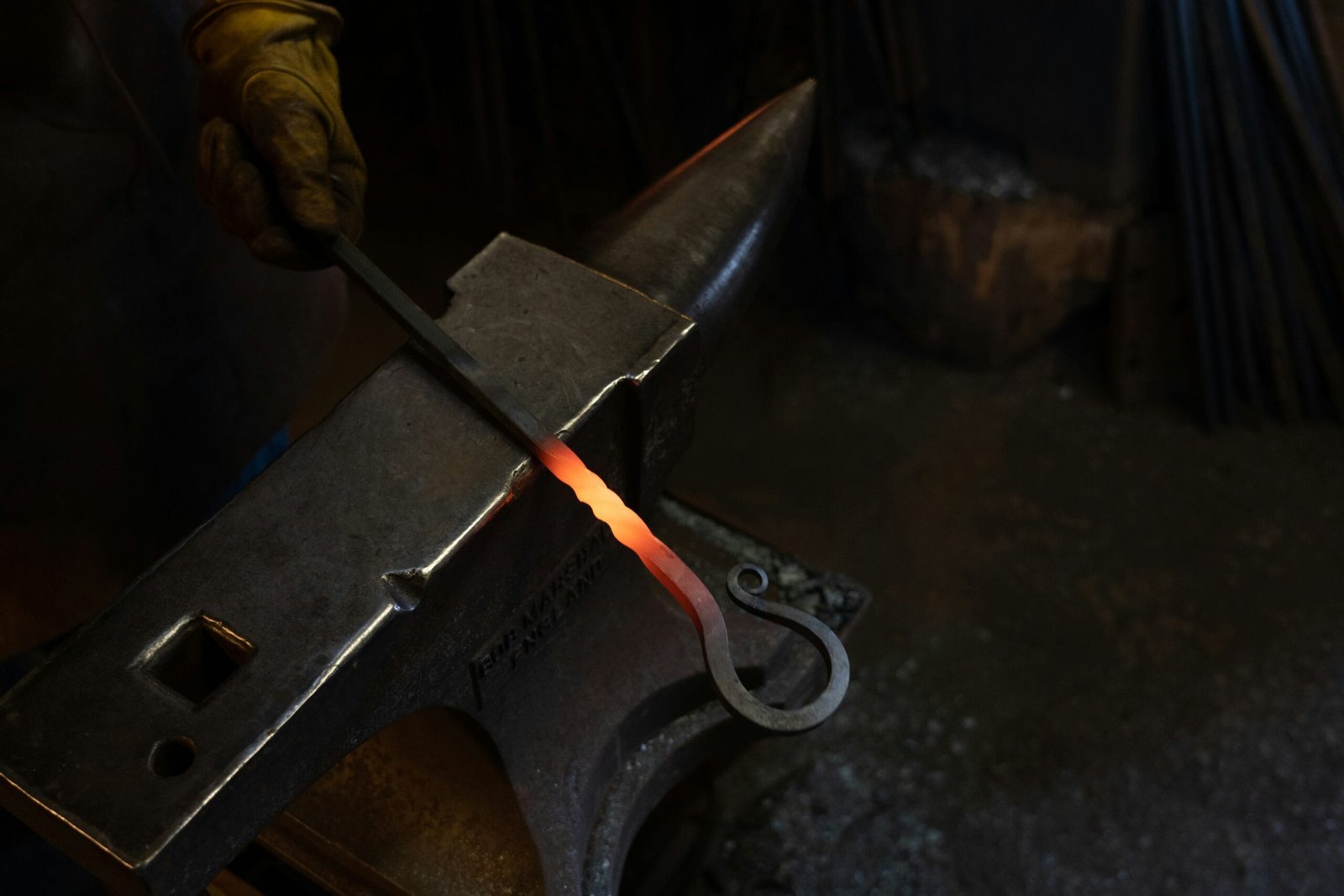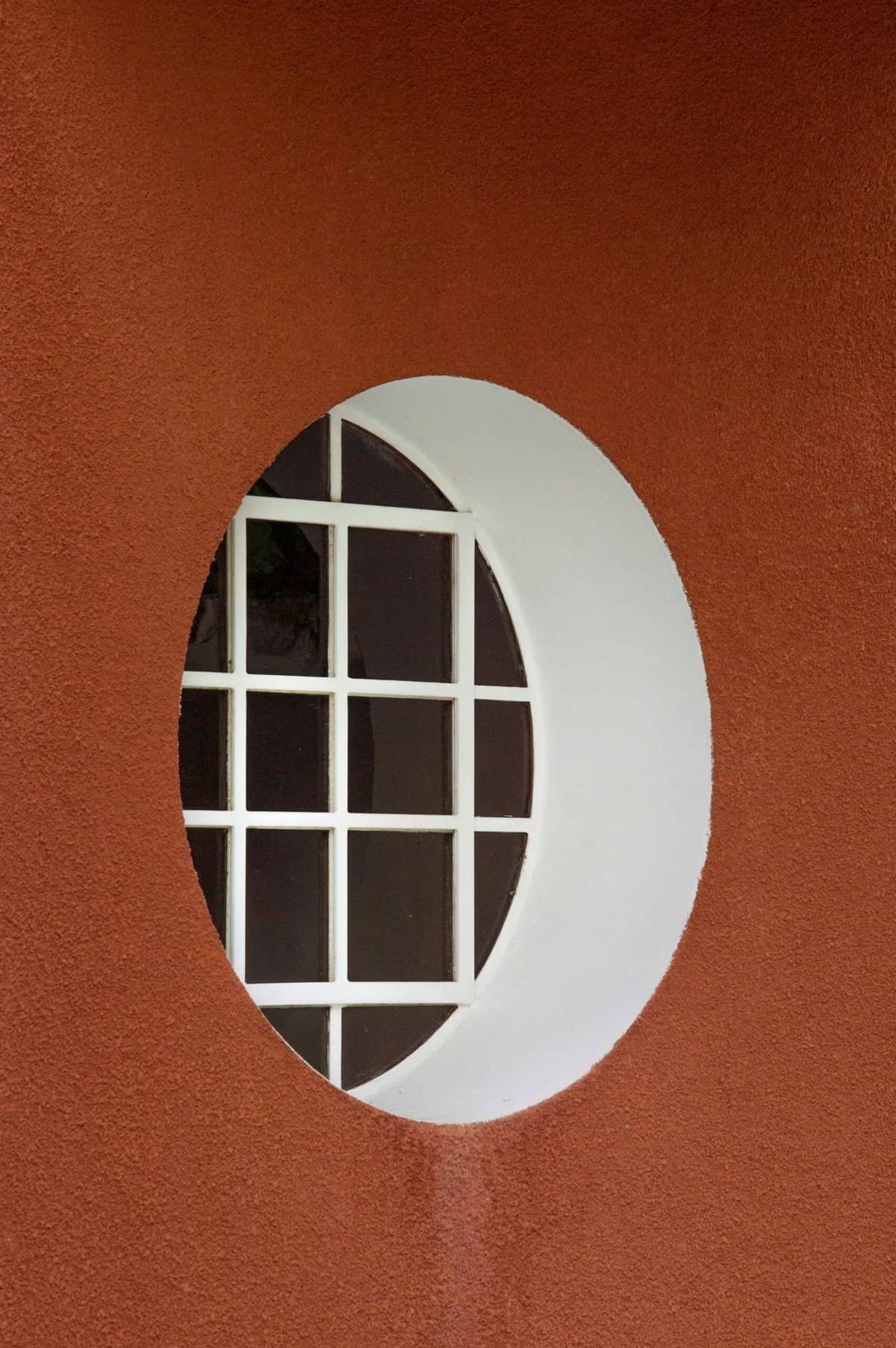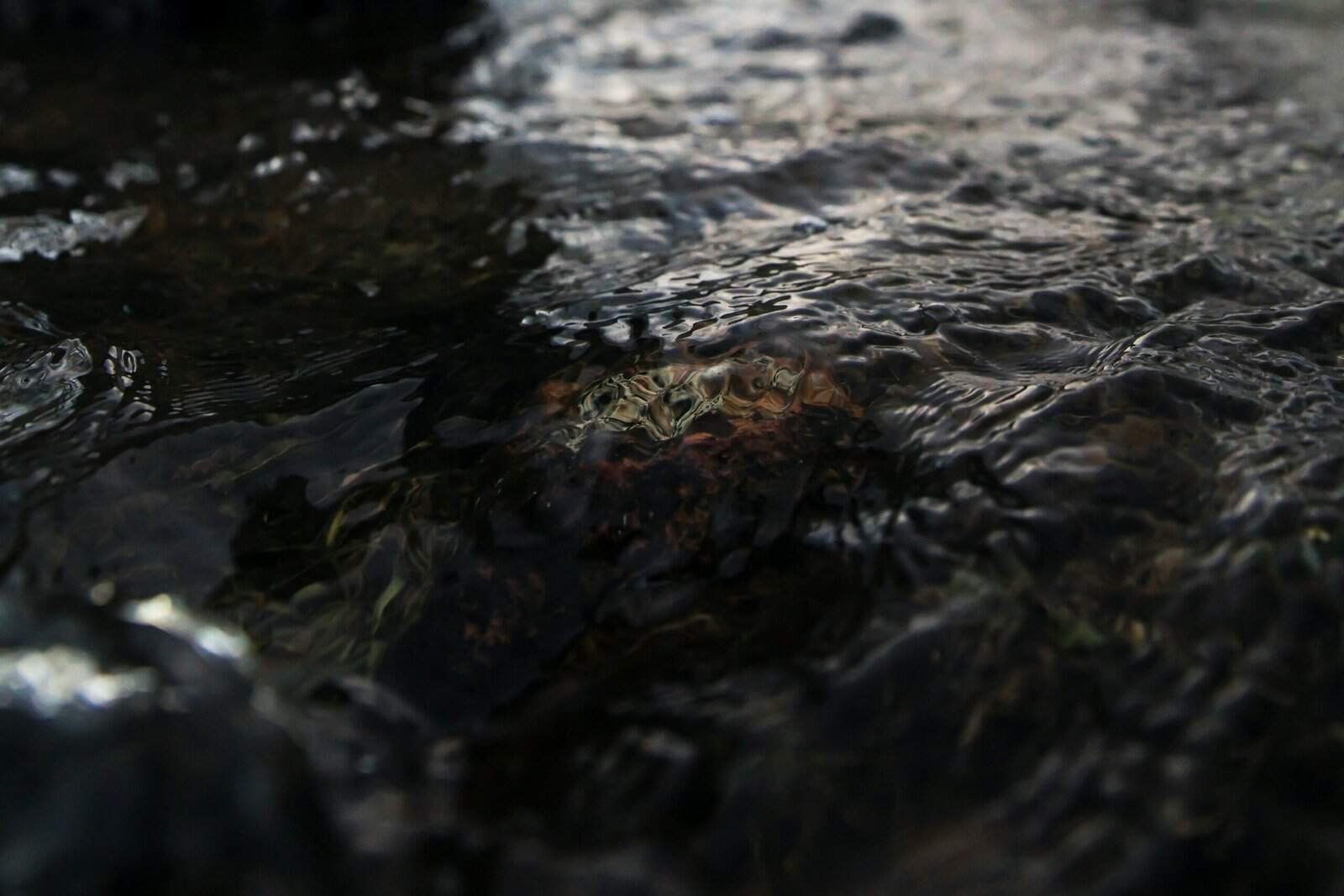How Do You Seal an Unused Well Safely?
Have you ever wondered what you should do with that old, unused well on your property? Neglecting it is not the best option, especially when considering safety, environmental impact, and legal obligations. Sealing an unused well is a significant task that should be handled with care to ensure it doesn’t turn into a liability or health hazard. Let’s walk through the why, the how, and the benefits of sealing an unused well safely.
Why Seal an Unused Well?
Before you step into the how-to, it’s important to understand why this task should be a priority. An unused well can pose several potential risks, both from a safety standpoint and an environmental perspective.
Safety Concerns
An open and abandoned well can be a serious safety hazard. Whether it’s for family members, visitors, or animals, falling into a well can cause severe injury or even be fatal. Sealing it ensures no one accidentally stumbles into it.
Environmental Impact
Unused wells provide a direct channel from the surface to the groundwater, bypassing natural filtration. Contaminants like pesticides, fertilizers, or even waste can easily seep through, polluting the groundwater source. By sealing the well, you protect your local ecosystem and ensure safe drinking water.
Legal Requirements
Depending on where you live, there might be regulations obligating you to seal an unused well properly. These can vary, so it’s crucial to check with local regulations to ensure compliance. Properly sealing a well can also potentially increase your property value, as it closes off this underlying risk.
Understanding the Types of Wells
Before sealing an unused well, it’s helpful to understand the type of well you are dealing with. Different types of wells require different approaches when it comes to sealing.
Dug Wells
Dug wells are often shallow, excavated by hand or machinery, reaching depths of about 10 to 30 feet. These are commonly lined with stones, bricks, or other supportive materials. They’re one of the oldest well constructions and are more prone to contamination due to their shallow depth.
Driven Wells
These wells are constructed by driving a small-diameter pipe into shallow water-bearing sand or gravel. They’re typically around 30 to 50 feet deep. Driven wells are more secure than dug wells but still susceptible to surface contamination.
Drilled Wells
For deeper water extraction, drilled wells are the norm, often reaching depths over 100 feet. These are constructed using special machinery and are more complex to seal due to their depth and potential casing structures.
By identifying your well type, you can better determine the materials and methods required for sealing it.

Steps to Seal an Unused Well Safely
Sealing a well is not a casual DIY activity. The complexity and specific requirements often warrant professional assistance. Nonetheless, understanding the process will help you make informed decisions.
Inspection
Before any work begins, a thorough inspection of the well is necessary. Evaluate the well’s construction and condition. Check the width and depth, water level, and any present contaminants. Experts usually conduct this step, providing the information needed to decide the best sealing method.
Permit and Regulations
Before starting the sealing process, check with local regulations and obtain necessary permits. Many areas have strict guidelines for well abandonment, ensuring that the sealing process protects the groundwater. Permit acquisition often requires you to submit your sealing plan, which should meet or exceed local standards.
Selecting Sealing Materials
Choosing the right materials to seal your well is crucial. Typically, these include grouting materials designed to create a permanent barrier.
Table: Common Sealing Materials
| Material | Description | Usage |
|---|---|---|
| Bentonite Clay | A swelling clay that expands with water to seal voids | Used for sealing the well borehole |
| Cement Grout | A mix of Portland cement and water or bentonite | Provides structural sealing, more common in deeper wells |
| Sand and Gravel | Used as filter pack materials | Typically used in different well sections to provide support and plug pores |
Actual Sealing Process
Disinfection: Before sealing, ensure the well is clean. Use a chlorine solution to disinfect the well casing and any water inside.
Remove Obstructions: Any debris or obstacles should be cleared to guarantee an effective seal.
Filling and Sealing: Begin filling the borehole with chosen sealing materials. Seal from the bottom up, ensuring each layer is compact and without voids. For drilled wells, continuous pressure grouting is often used to form an impermeable barrier.
Monitoring and Inspection: As the work progresses, monitor the well sealing to ensure there are no leaks or collapses. An inspection by an authorized figure may be required upon completion.
Professional Assistance
While some property owners may attempt to seal wells themselves, professional help is highly recommended. Experts have the knowledge, experience, and equipment to perform the task efficiently and effectively, reducing potential risks.
Benefits of Sealing an Unused Well Properly
The effort put into correctly sealing an unused well can have long-lasting benefits that outweigh the upfront cost and time investment.
Improved Safety
Sealing the well effectively eliminates a safety hazard from your property, providing peace of mind about the safety of your loved ones and visitors.
Environmental Protection
A sealed well prevents the contamination of groundwater and supports the preservation of natural resources. This step secures drinking water safety and local ecosystem health.
Legal Assurance
By adhering to regulations and carrying out a proper sealing, you mitigate the risk of legal repercussions and possible fines. Compliance also tends to increase the marketability of your property.

Common Mistakes to Avoid
Sealing a well might seem straightforward, but there are several common mistakes people make that can undermine their efforts.
Incomplete Documentation
Failing to maintain detailed records of your sealing process can cause issues later, especially when proving compliance with local regulations. Keep all documentation, including permits, inspection reports, and receipts.
Inadequate Inspection
Skimping on the initial inspection can result in an ineffective sealing process. Understanding the exact parameters of your well can prevent future issues and ensure a more secure seal.
Skipping Professional Help
While DIY might be tempting to save costs, a professional can offer a sealing job that meets legal standards and ensures effectiveness.
FAQs About Sealing Unused Wells
It’s natural to have questions when it comes to this important task. Here are some frequently asked questions.
Can I Seal the Well Myself?
While it is possible to seal a well yourself, utilizing professional services is often strongly recommended due to the complexity and legal implications involved.
How Long Does the Sealing Process Take?
The time taken can vary based on several factors, such as well type, size, and local regulations. Generally, the process ranges from a few hours to several days.
Is It Expensive to Seal a Well?
The cost can fluctuate depending on the well’s specifications and your location but typically ranges from a few hundred to several thousand dollars. Investing in proper sealing can prevent more costly issues down the line.

Conclusion
Sealing an unused well is an essential step in managing your property responsibly and ensuring both safety and environmental protection. By understanding the process and the reasons behind it, you can make informed choices and potentially collaborate with professionals for the best outcome. From ensuring safety and legal compliance to protecting invaluable resources, sealing your well correctly is a decision you won’t regret.

